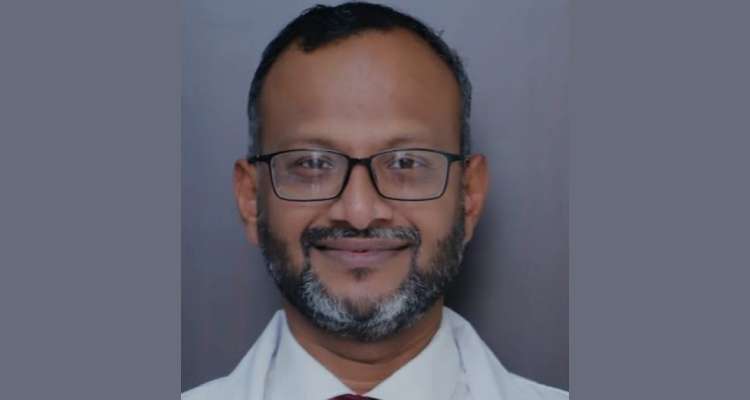Congenital disorders
Bestowing the gift of life: Vital importance of cadaveric organ donation in children
Dr Vibhor Borkar, Director-Paediatric Hepatology & Liver Transplant, Nanavati Max Super Specialty emphasises that the solution to bridging the gap between the demand and supply of organs lies in encouraging more individuals to register as organ donors. Organ Donation Week serves as a poignant reminder of the power of each individual’s decision to become an organ donor, fostering a culture of giving and compassion
As the world commemorates Organ Donation Day, we need to recognise and embrace the profound impact of cadaveric organ donation. The significance of this selfless act cannot be overstated, particularly in the context of pediatric medicine, where countless young lives hang in the balance, awaiting the ultimate gift of life.
In India, 18 people pass away waiting for organ transplants every day, while another name is added to the waiting list every 10 minutes[i]. Each year, more than one million people need lifesaving and life-improving organs and tissues. As India is the most populated country, our disease burden is also proportionately high. Therefore, it is crucial to address the rapidly growing demand for organ transplants and promote both living and cadaveric donations.
Liver Transplantation (LT) is the second most frequently performed transplant following kidney transplantation, signifying the significant number of patients requiring this life-saving surgery. Cadaveric organ donation, also known as deceased organ donation, refers to the process of retrieving organs from individuals who have tragically lost their lives but have left a legacy of hope by consenting to donate their organs. These organs are then transplanted into patients who are critically ill and require life-saving interventions. While the loss of a loved one is an immensely painful experience, the act of cadaveric organ donation can turn tragedy into triumph. The decision to donate a loved one’s organs brings forth an incredible opportunity to save multiple lives and provide hope and healing to those in dire need. Each donor can potentially save multiple lives, with organs such as the heart, lungs, liver, kidneys, and pancreas being retrieved for transplantation. Additionally, tissues like corneas, skin, and bones can also be utilized for grafts, improving the lives of countless others.
In the realm of pediatric medicine, cadaveric organ donation is particularly critical due to the unique challenges faced by young patients with end-stage organ failure. Pediatric liver diseases, congenital heart defects, kidney disorders, and pulmonary ailments are just a few examples of conditions that necessitate organ transplantation in children. Children are not just miniature adults; their physiology, anatomy, and immunological responses differ significantly. Consequently, pediatric organ transplantation demands a specialised approach and a focus on finding size-matched organs from donors who are compatible with the child’s immune system. One of the greatest obstacles in pediatric organ transplantation is the scarcity of pediatric donors. While adult donors form a significant portion of the deceased donor pool, finding suitable organs for children poses a substantial challenge. This shortage often leads to prolonged waiting periods for young patients, further exacerbating their medical conditions and emotional distress.
The solution to bridging the gap between the demand and supply of organs lies in encouraging more individuals to register as organ donors. Organ Donation Week serves as a poignant reminder of the power of each individual’s decision to become an organ donor, fostering a culture of giving and compassion.
The impact of cadaveric organ donation reaches far beyond the immediate recipients. It sets in motion a chain of hope and healing, touching the lives of families, friends, and communities. Each successful transplantation represents a story of resilience, love, and the triumph of the human spirit. Together, we can build a society that recognizes the importance of organ donation and embraces the selfless act of giving the gift of life to others. By registering as an organ donor and encouraging those around us to do the same, we can sow the seeds of hope and healing that will bloom into a brighter future for generations to come.
Reference
[i] https://www.organdonor.gov/learn/organ-donation-statistics
– Advertisement –

